Turbo-Codes: From Channel Coding to Video Compression
This book presents the journey of Turbo-Codes from their first invention and initial design as error correcting codes to their application as video compression tools.This journey is presented in three milestones. First, Turbo-Codes are introduced as a channel coding tool. Different encoding structures and decoding algorithms are discussed from theoretical and practical aspects, for binary and non-binary Turbo-Codes. Slepian-Wolf and Wyner-Ziv theorems are then discussed, as they constitute the main theory behind distributed source coding (DSC). Turbo-Codes are then presented as a practical tool for distributed source compression. The study of Turbo-Codes application in DSC is also extended to the case of joint source-channel coding (JSCC), where these codes are jointly used for both source compression and error correction. Theoretical models for DSC and JSCC are thoroughly discussed along with the necessary modifications to the initial turbo encoder-decoder system. Different simulation setups are considered and results are presented and analyzed. Finally, Turbo-Code-based distributed video coding (DVC) techniques are discussed. The motivation behind DVC is first presented, followed by a general description of the DVC system model. Different techniques used to generate the side information needed for practical DVC systems are then discussed. Theoretical compression bounds are derived for both error-free and erroneous transmissions. Applications of DVC in the context of single user and multiuser setups are finally presented with different simulation scenarios and performance analysis. (Novinka)
{{comment.content}}

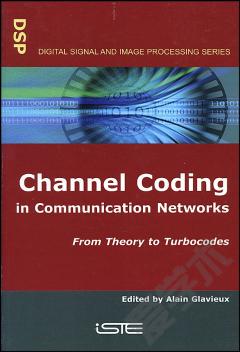
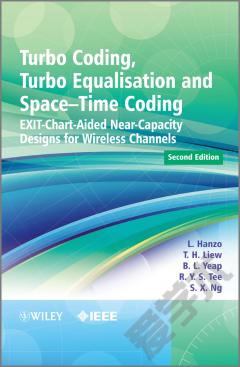
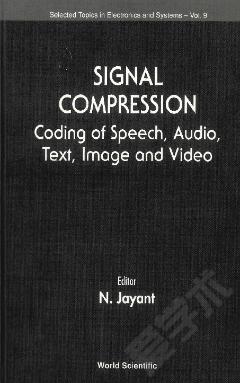
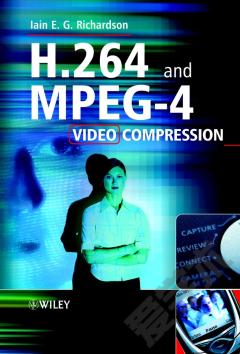
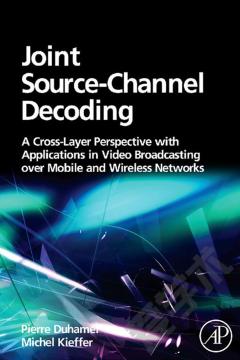
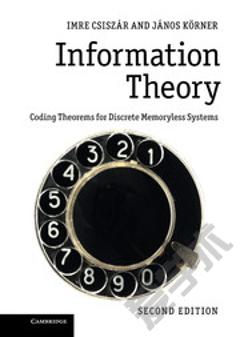

 京公网安备 11010802027623号
京公网安备 11010802027623号